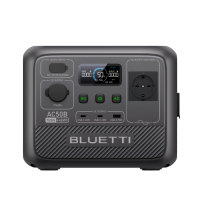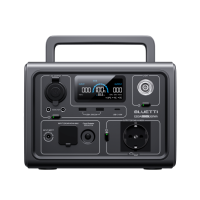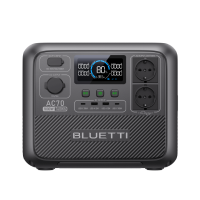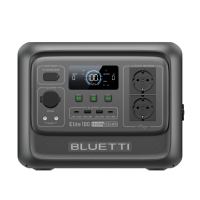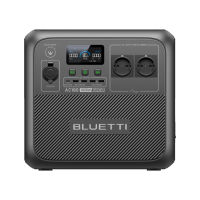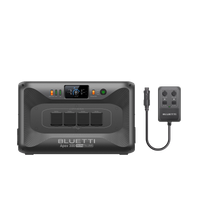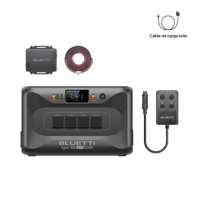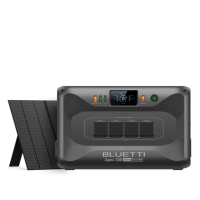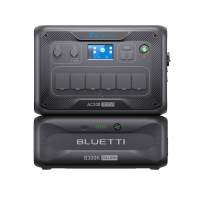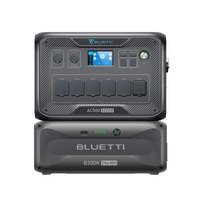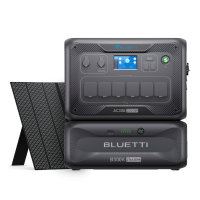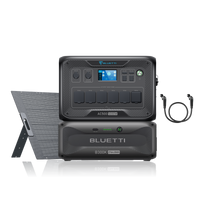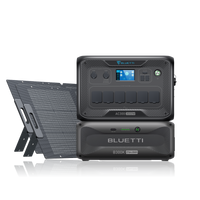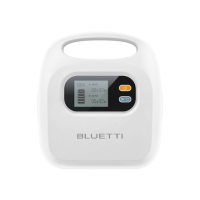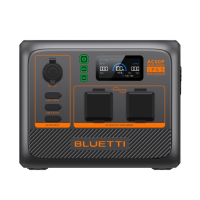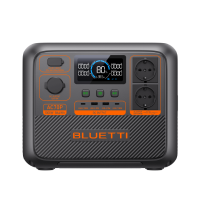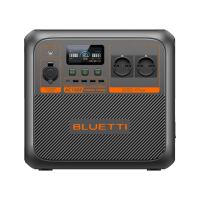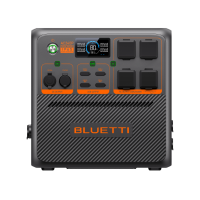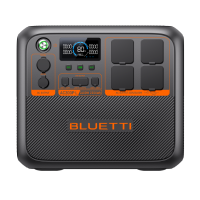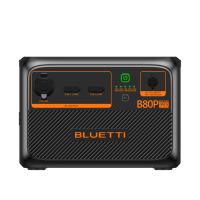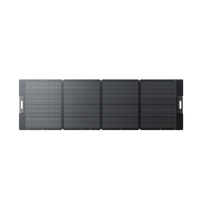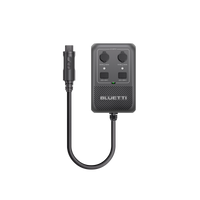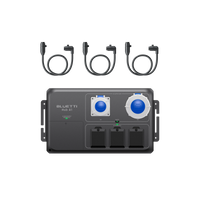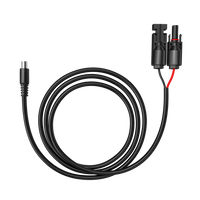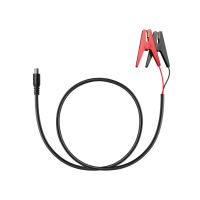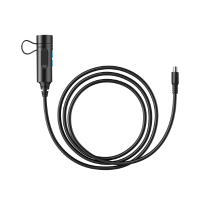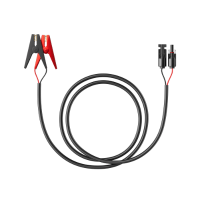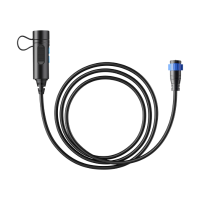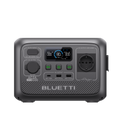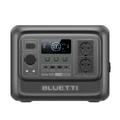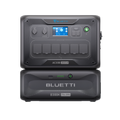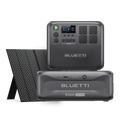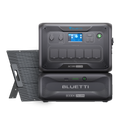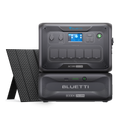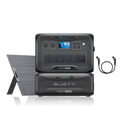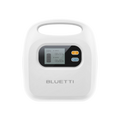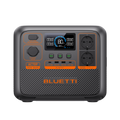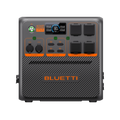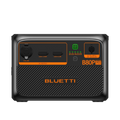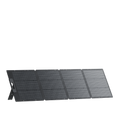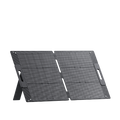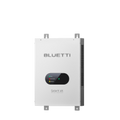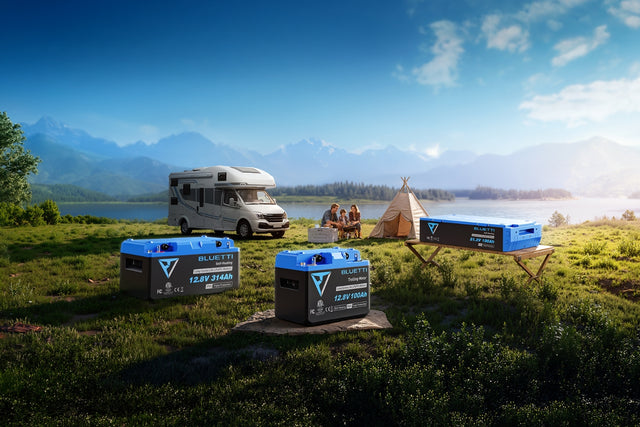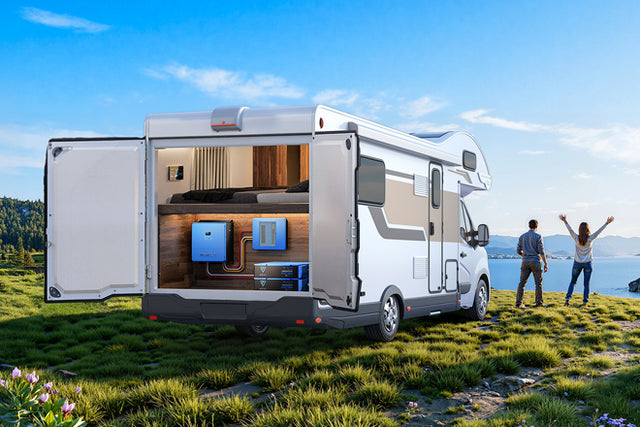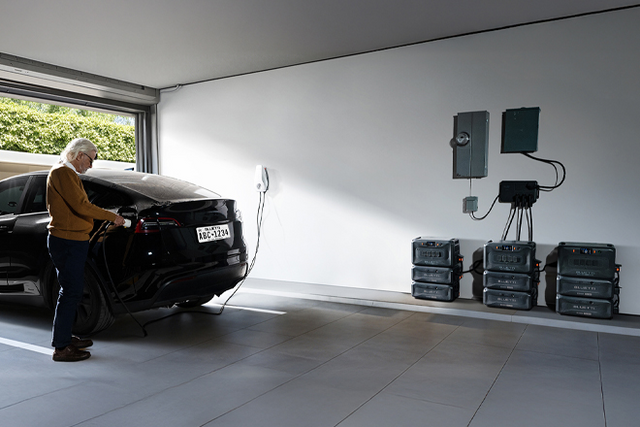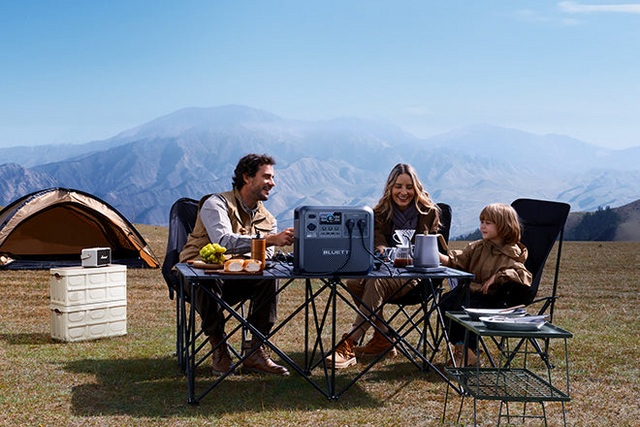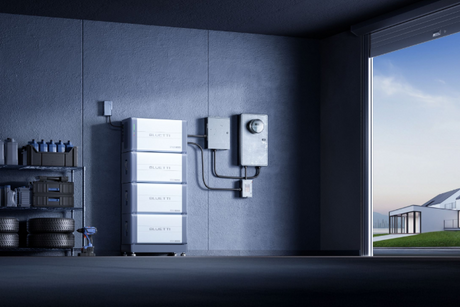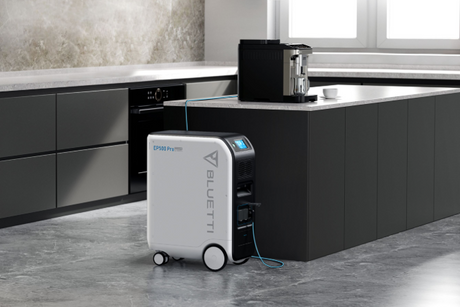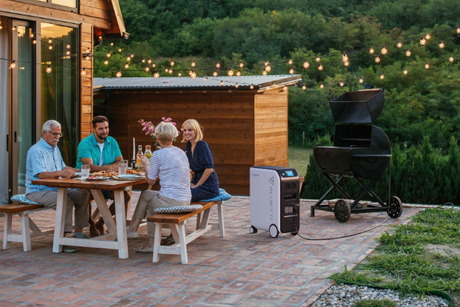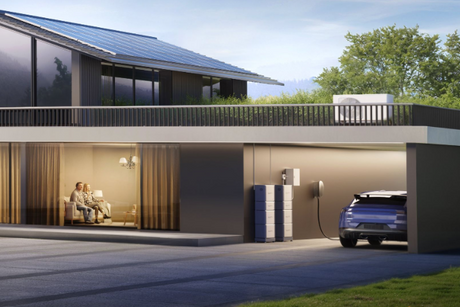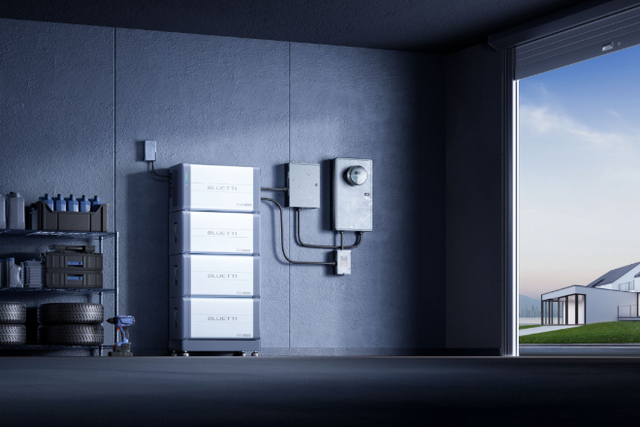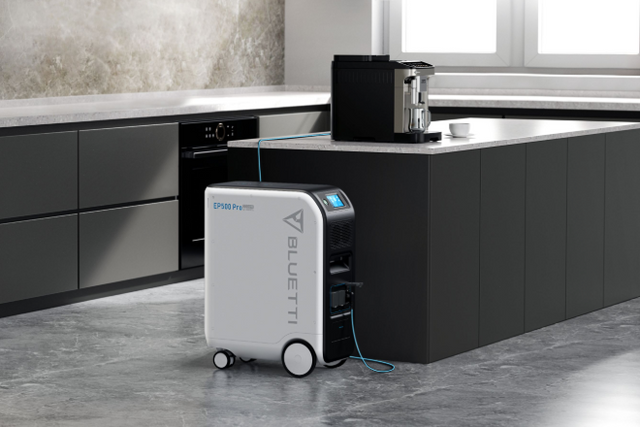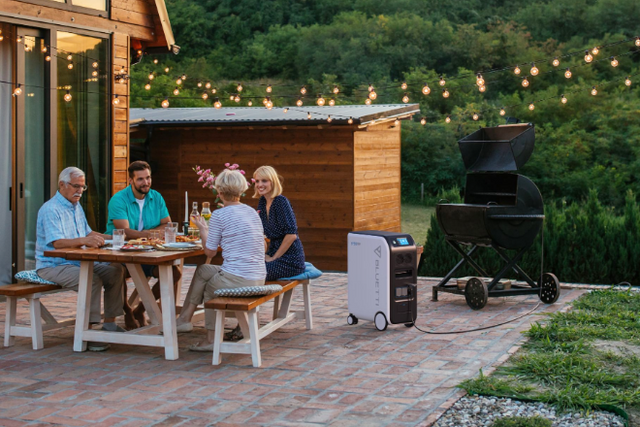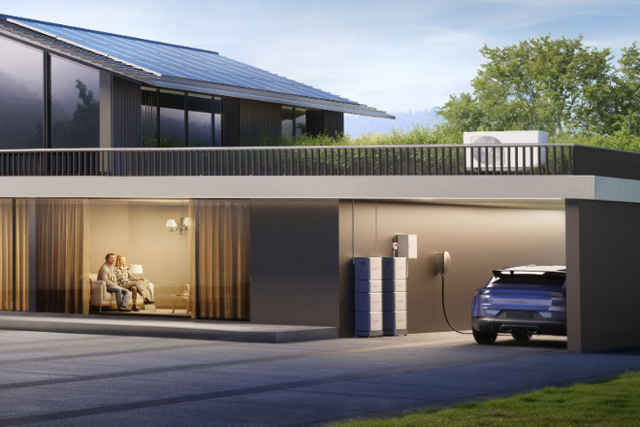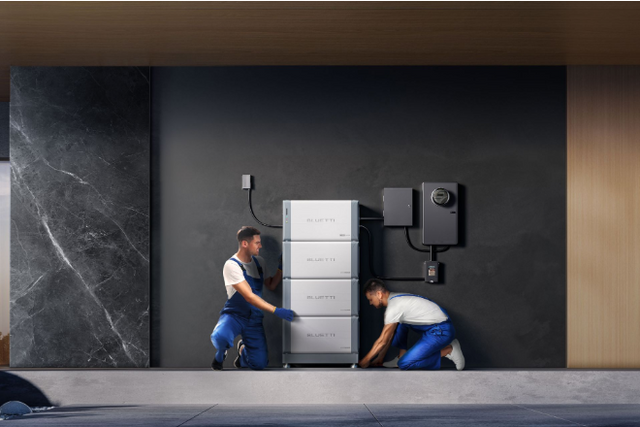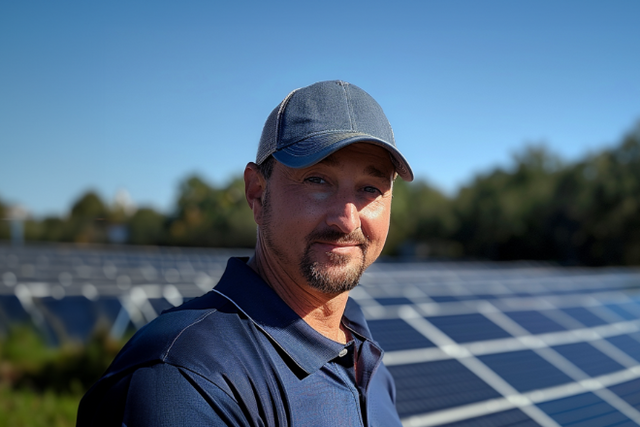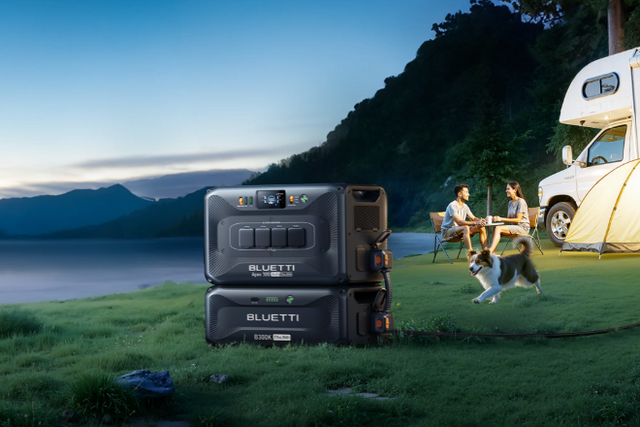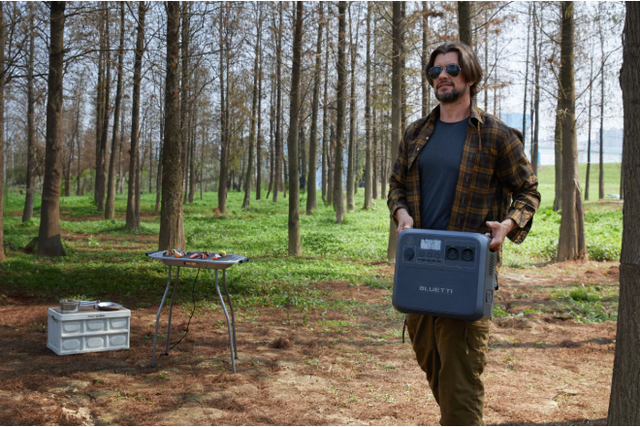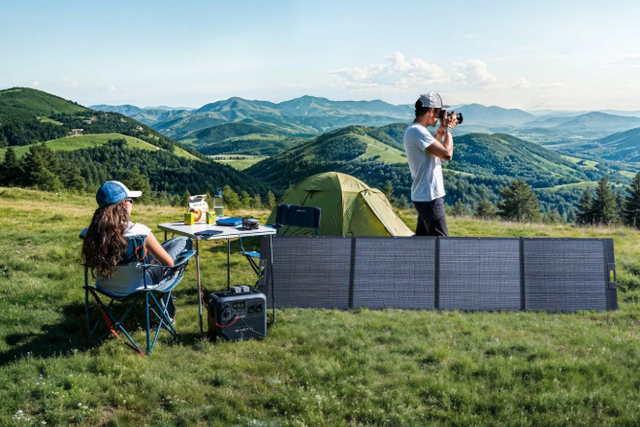Today, many families are beginning to worry about having more sustainable habits, for example using recyclable products, installing solar panels or doing self-consumption. Therefore, in this article we are going to talk about how you can have a sustainable house. We will address this topic from legal issues to practical tips that you can do yourself at home. On the one hand, in case you want to make some reform or build a house from scratch, there are certain requirements and certificates that you must know. On the other hand, you can also use practical and economic advice that will make your home more sustainable.
Principles of architecture in the construction of a sustainable house
Today sustainable architecture is more fashionable than ever. And it is that a few years ago, it was only an ethical trend followed by some idealists who advocated less polluting alternatives. However, sustainability has now become a global concern. For this reason, there are not a few who decide to invest their money in constructions or facilities that bring them a little closer to that ideal of "zero emissions", "recyclable material" or "solar self-consumption".
To understand more fully, sustainable architecture is based on designing spaces that have the least environmental impact. To do this, they follow a series of principles such as:

To ensure that all these precepts are fulfilled to the maximum, there are some certificates that are in charge of validating that the constructions carried out as sustainable, indeed they are. The best known are: Passivhaus Certificate, LEED Certification and BREEAM Sustainable Construction.
Passive House Certificate
This international recognition is given to those constructions that respect the standards of energy efficiency, indoor air quality, thermal comfort and sustainability. The Passivhaus Certificate is only found in rigorously verified buildings from initial design to a pressure test on the completed building. All buildings that have this certificate are called "Passive Houses" and originated in the 1990s in Germany.
LEED Certified
This certificate was created in the United States under the name 'Leadership in Energy and Environmental Design' (Leadership in Energy and Environmental Design) and Developed by the US Green Building Council. This certificate includes a series of strict criteria that are analyzed in a building to finally grant it or not this certificate. Some of these criteria are: efficient use of energy and water, indoor air quality, selection of sustainable materials, waste management and impact on the local community. Within this certificate we can find different levels depending on the number of points that the audit accredits.
BREEAM Sustainable Construction
Lastly, this certificate was born in the United Kingdom and is configured based on criteria very similar to those of the LEED Certificate such as energy and water use, indoor air quality, waste management, selection of sustainable materials, accessibility and impact on the local community. In addition, it also contemplates different levels in its analysis.
How to build a sustainable house?
Reviewing all the sustainability criteria involves multidisciplinary work that can only be assumed by a construction company. And it is that only a professional could not only interpret them, but also carry them out. In this case, for an individual it is as simple as looking for a construction company that works with one of the certificates that we have just mentioned. This is how you make sure that sustainable architecture practices are integrated into their practices.

Practical and economical tips to get closer to having a sustainable home
In case you already have a house built a long time ago and you no longer have time to build a sustainable house, we also want to leave you with some practical advice (and some very cheap ones) so that you are closer and closer to make your home as sustainable a space as possible.
-
Reforms of strategic areas
If you can't build a sustainable home from scratch, it may be affordable for you to do some renovations that will improve the energy efficiency and sustainability of your home. There are some elements that can compromise this efficiency are windows, doors, roof and exterior walls. The ideal would be to review these elements and consider changing them if they do not ensure good protection. For example, the windows should be double, the doors should be well sealed, the roof should have a false ceiling or a protection and the exterior walls with good insulation that resist the climate of the area.
-
Use of heating devices
If we have cooling or heating systems at home, we must ensure proper use, respecting the recommended minimum and maximum temperatures. For example, when it comes to heating a home, the recommended temperature is about 23 degrees Celsius. On the other hand, to refrigerate it is recommended to temper the house to about 20 degrees Celsius. If we maintain this range we can ensure good health and economic conditioning.
-
The color of the walls
Although it may seem like a trifle, the truth is that the color of the walls can also influence the energy efficiency of our home. And it is that some walls painted with light tones makes the light reflect more and the rooms of your house receive more clarity. So depending on the intensity, you probably won't need to use the lights for much of the day.
-
Do not leave electrical appliances in Stand By
The classic red light of some household appliances such as the television, game console, computer, microwave, oven, etc. This Stand By mode causes a constant consumption of energy.
-
Use solar panels
Finally, one of the most widely used alternatives is the installation of solar panels. Thanks to these plates we can tend to solar self-consumption using solar energy instead of industrial energy. With this, we will not only be reducing the original energy use of fossil fuels, but also, we will be able to save on our electricity bill. In this case, the Bluetti solar panel is a good option since its conversion rate is up to 23.4% and you don't need a professional worker to install it.



